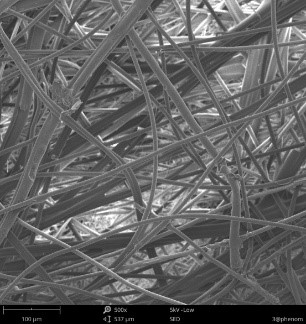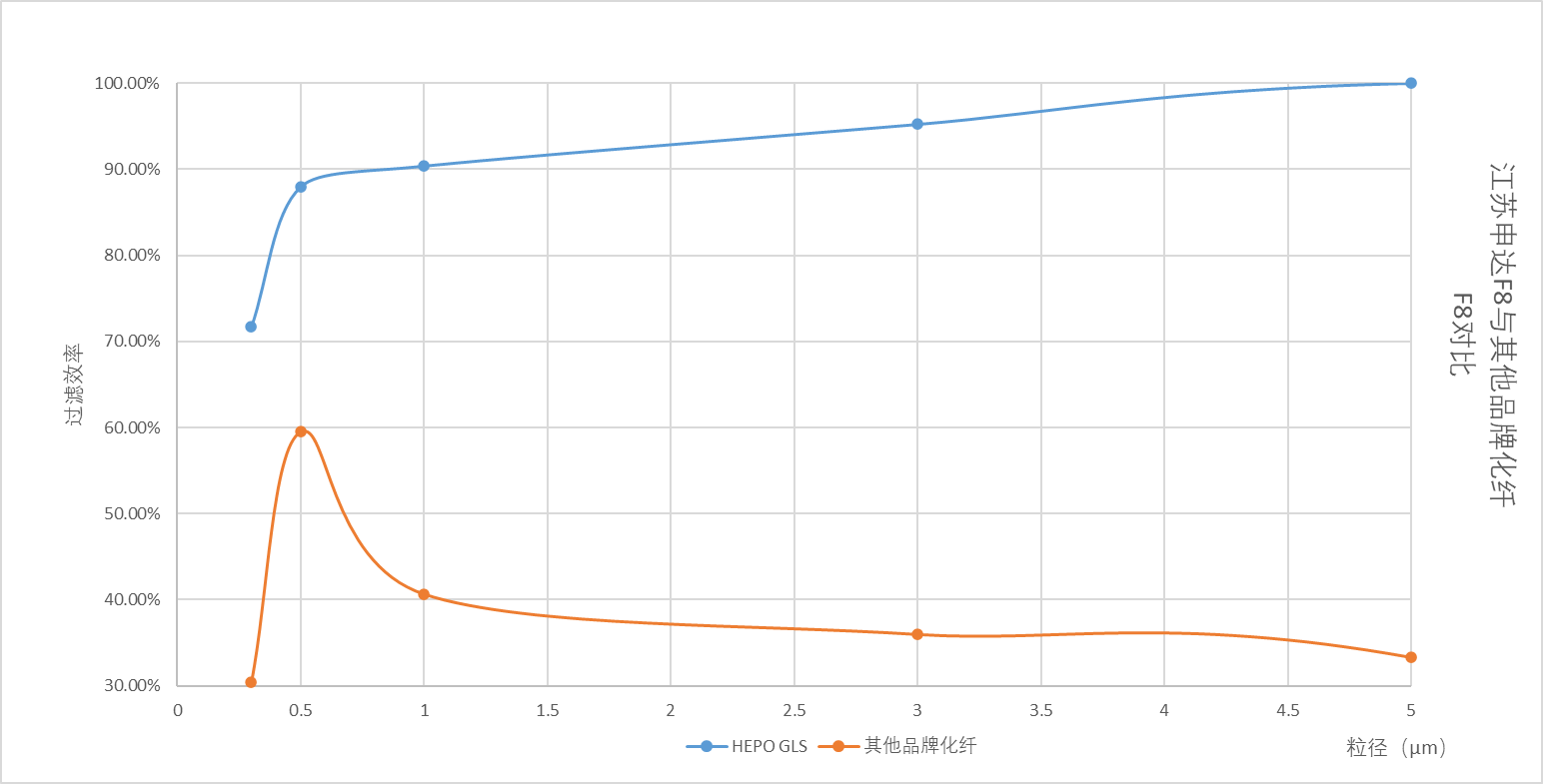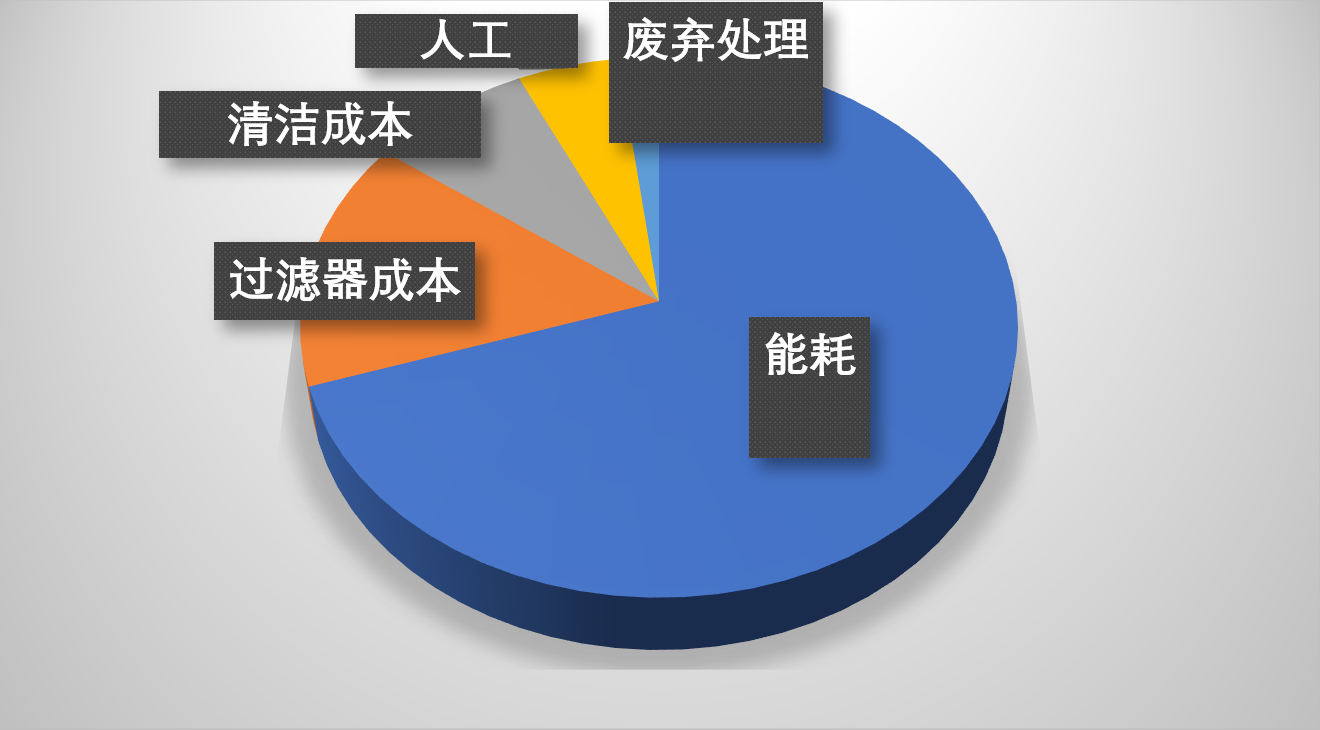Indoor Air Quality Solutions

The first is the electricity problem of the filter made from chemical fiber media. Traditionally,Chemical media are made of chemical fibers by spraying and needle punching. Due to technological limits, the fiber is relatively large, with a diameter of more than 10 µm. The traditional non-woven made by chemical fiber with adhesive has too thick fibers and a small number of fibers, so the mechanical filtration efficiency is low. Filters like this show high initial efficiency, and they eliminate static electricity very quickly. This is the cause of the deterioration of the air quality.
Unfortunately, the result of the above is that too many users are using F7 filters with a minimum efficiency of only 5%-10%. This means that 90-95% of outdoor air pollutants can find their way into the building and pollute the indoor air.
Although the melt-blown chemical fiber filter materials produced by some well-known manufacturers are also very thin and can achieve high filtration efficiency, because of their soft texture, they cannot maintain a fluffy construction and the pressure drop rises very fast.
The glass fiber filter material is made of high temperature melt blown, and the fiber diameter can reach 1 µm or less. Due to the large amount of fine fiber and high stiffness, the glass fiber filter material can maintain a relatively fluffy construction during use ,with high filtration efficiency and a relatively gentle rise in resistance. The life cycle is more than twice that of chemical fiber materials of the same specification.

Difference between Filters of the same classification
Although filters with poor effects are disappearing from the market, there is still some space for poor filters. Although energy consumption can be saved through the lowest possible pressure drop, such development may also be reversed. For example, the F8 bag filter is main for the 0.4micron particles, our HEPO Gls has an efficiency of about 90% after 3 months of use, and still maintains good filtration performance for other particle sizes, while the filtration efficiency of other manufacturers' products is only about 58%, and the efficiency of other particle size sections is even lower, and the lower filter efficiency results in poor air quality.
HEAFIL is one of the world's largest customers of glass fiber media. Adhering to the business philosophy of sustainable development, we will never do that, because it will cause 40% of the air quality to deteriorate, which will give customers Brings an increase in energy consumption.
ENERGY COSUMPTION-----WAY OF COMPARISONS WITH FILTERS
With the rise in global crude prices, the price of electricity has also become higher and higher. The World Bank’s energy team predicts that energy consumption will rise sharply in the next 50 years. As we know, building ventilation system is a very expensive project, and the average energy cost of the filter occupies about 30% in the total cost of the entire system. Choosing the right filter can save energy and ensure high indoor air quality. When you think the filter is the cheapest and simple component, the overall cost is getting lower and lower.

The new standard also tests the efficiency of the filter and the relationship between the pressure difference and the dust holding capacity. The relative energy consumption level is also calculated from the average difference in the pressure drop in the dust load. Based on these parameters, the energy consumption performance of a filter for one year is simulated in the laboratory. The following table is drawn to distinguish the energy consumption level of filtering.
Filter Class | G4 | M5 | M6 | F7 | F8 | F9 |
MIN Efficiency | - | - | - | =35% | =55% | =70% |
MG=350g ASHRAE | MM=250g ASHRAE | MF=100g ASHRAE | ||||
A | 0-600 kWh | 0-650 kWh | 0-800 kWh | 0-1200 kWh | 0-1600 kWh | 0-2000 kWh |
B | 600-700 kWh | 650-780 kWh | 800-950 kWh | 1200-1450 kWh | 0-1600 kWh | 2000-2500 kWh |
C | 700-800 kWh | 780-910 kWh | 950-1100 kWh | 1450-1700 kWh | 1950-2300 kWh | 2500-3000 kWh |
D | 800-900 kWh | 910-1040 kWh | 1100-1250 kWh | 1700-1950 kWh | 2300-2650 kWh | 2500-3000 kWh |
E | 900-1000 kWh | 1040-1170 kWh | 1250-1400 kWh | 1950-2200 kWh | 2650-3000 kWh | 3500-4000 kWh |
F | 1000-1100kWH | 1170-1300 kWh | 1400-1550 kWh | 2200-2450 kWh | 3000-3550 kWh | 4000-4500 kWh |
G | >1100 kWh | >1300 kWh | >1550 kWh | >2450 kWh | >3550 kWh | >4500 kWh |
Energy consumption calculation formula: ![]() ,he energy consumption of the air filter is derived from the relationship between air volume, fan efficiency, operating time and average pressure difference?With the intake of dust during operation, the resistance of the air filter is constantly rising. The relative energy consumption in a period of time can be calculated by the integral average value of the pressure difference and time.
,he energy consumption of the air filter is derived from the relationship between air volume, fan efficiency, operating time and average pressure difference?With the intake of dust during operation, the resistance of the air filter is constantly rising. The relative energy consumption in a period of time can be calculated by the integral average value of the pressure difference and time.
qv:Air Volume
?:Fan efficienct
?p:Average Pressure Drop
t:Running time
